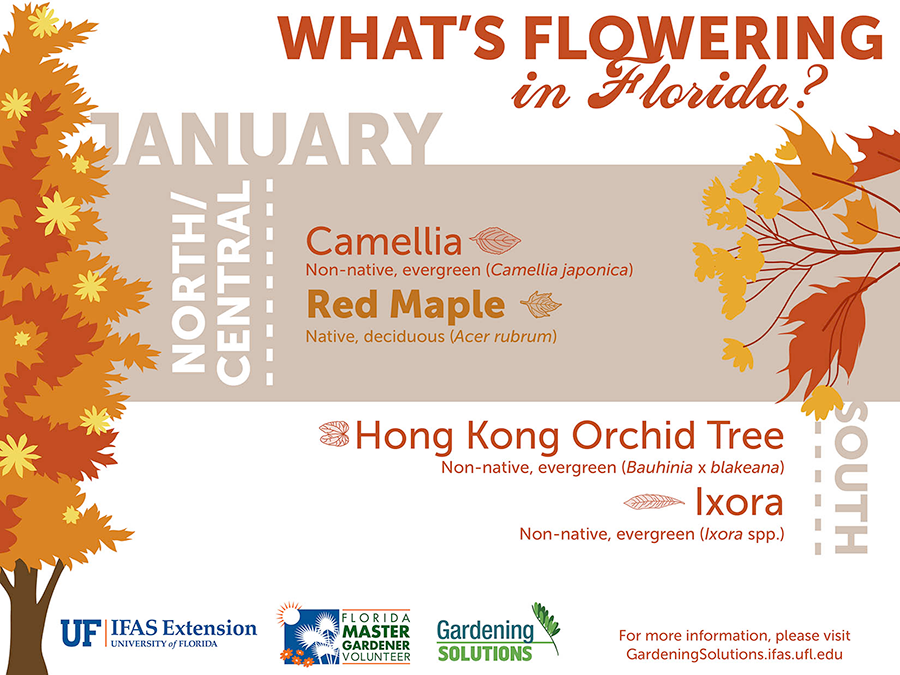Tree Treatment Throughout The Seasons: Ideal Practices For Managing Trees Before And Following Removal
Tree Treatment Throughout The Seasons: Ideal Practices For Managing Trees Before And Following Removal
Blog Article
Material By-
When it pertains to seasonal tree treatment, making certain appropriate management prior to and after removal can substantially impact the health and aesthetic appeals of your landscape. By comprehending the required steps involved in examining tree wellness and planning for removal, you can proactively guard your home. Yet what regarding the vital practices to adhere to as soon as the tree is gone? Stay tuned to discover the crucial post-removal treatment steps that will certainly help you grow a thriving and sustainable atmosphere for your trees.
Pre-Removal Tree Treatment
Before addressing the removal of a tree, it's crucial to prioritize pre-removal tree care. Beginning by evaluating the tree's wellness and architectural stability. Search for indications of illness, pest problems, or any type of architectural concerns that may pose a safety and security danger during removal. It's necessary to talk to a qualified arborist to identify the very best strategy.
Trimming dead or unhealthy branches can avoid additional damages to the tree and make sure a smoother elimination process.
Furthermore, think about the environmental influence of eliminating the tree. Trees play an essential function in our ecosystem, so growing a new tree in an ideal area can help counter any loss. Make certain that you have the required licenses and approvals for tree removal, particularly if the tree is protected by regional policies.
Seasonal Maintenance Tips
Assessing your tree's demands throughout the year is imperative for its wellness and long life. To keep your trees in leading condition, follow these seasonal upkeep pointers.
In springtime, concentrate on pruning to get rid of dead or damaged branches and urge brand-new development.
Summertime asks for routine watering, particularly throughout droughts, to guarantee your tree stays hydrated.
As autumn approaches, keep an eye out for very early indications of disease or stress, and think about applying compost to shield the roots throughout wintertime.
In small garden ideas no grass , beware when removing snow from branches to stop damage, and continue to monitor your tree's total wellness.
Remember to readjust your care routine based upon the details requirements of your tree varieties and neighborhood climate. By remaining attentive and proactive throughout the seasons, you can help your trees thrive and grow for many years ahead.
Post-Removal Tree Treatment
To ensure the health of your landscape even after tree removal, appropriate post-removal treatment is important. After a tree is gotten rid of, it's important to fill the remaining opening with topsoil and portable it to prevent settling. This will certainly aid maintain the stability of the ground and stop possible hazards in the future.
Think about planting brand-new vegetation in place of the gotten rid of tree to restore the equilibrium and visual appeals of your landscape. Routinely water the area to advertise the development of brand-new plants and avoid dirt disintegration.
Evaluate the surrounding trees for any kind of indications of disease or tension that may have been brought on by the gotten rid of tree. Keep an eye out for pests that could've been drawn in to the previous tree and take preventive measures to secure the staying greenery.
If required, seek advice from an expert arborist to analyze the effect of the elimination on the bordering trees and determine any type of additional treatment required. By following these post-removal treatment actions, you can ensure the ongoing health and wellness and elegance of your landscape.
Verdict
In conclusion, aggressive seasonal tree treatment is important for preserving the wellness and equilibrium of your landscape. By evaluating arborist chips and wellness, trimming, and talking to an arborist prior to elimination, you can make certain a secure process. After elimination, filling up the hole, planting brand-new plants, and regular watering will promote new development and avoid erosion. Remember to evaluate surrounding trees for disease and seek further care actions from an arborist to keep your landscape growing.
